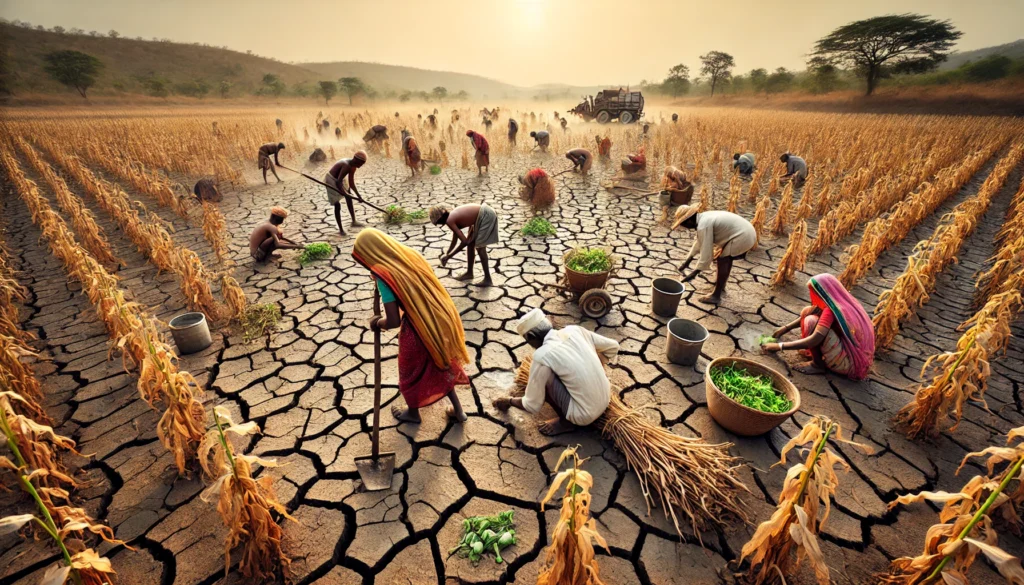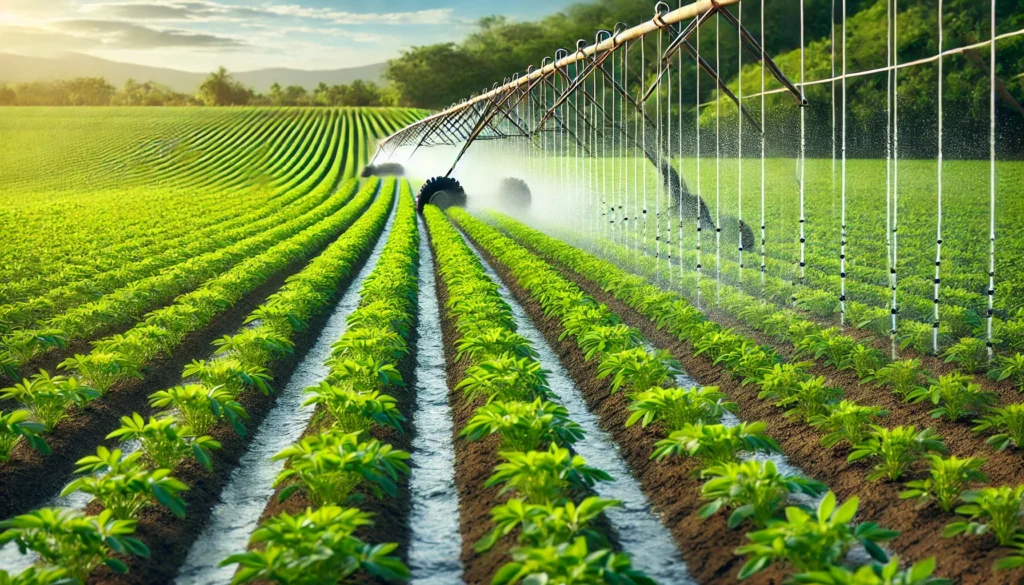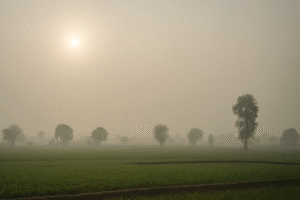In a country like India, where agriculture is the backbone of the economy, understanding the science of climate resilience is crucial. Climate change is no longer a future concern; it’s a current reality impacting farmers and their livelihoods. This blog will explore how scientific innovations and sustainable practices can help build climate resilience in agriculture, ensuring food security and economic stability.
Introduction
Have you ever wondered how farmers cope with unpredictable weather patterns? From droughts to floods, Indian farmers face numerous climate challenges. “The Science of Climate Resilience in Agriculture” explores how we can help our farmers adapt and thrive despite these adversities. Let’s explore the realm of climate-smart agriculture and uncover the solutions that can make a significant impact..
The Impact of Climate Change on Agriculture
1. Unpredictable Weather Patterns
Climate change has resulted in unpredictable weather patterns, complicating farmers’ ability to plan their cropping cycles. Sudden rains, prolonged droughts, and unseasonal temperatures disrupt the traditional farming calendar, affecting crop yields and quality.
Case Study: Maharashtra’s Drought Crisis
Maharashtra, one of India’s major agricultural states, has been severely affected by recurring droughts. Farmers struggle to grow crops, leading to financial instability and migration to urban areas for better opportunities. This crisis highlights the need for climate-resilient farming practices.

2. Increased Pests and Diseases
Increasing temperatures and shifting weather patterns create ideal conditions for pests and diseases. Crops are increasingly vulnerable, leading to higher losses and increased pesticide use, which can harm the environment and human health.
3. Water Scarcity
Water is a vital resource for agriculture, and climate change worsens water scarcity. In areas with already limited water resources, farmers need greater support. Efficient water management and conservation techniques are essential for sustainable farming.
Building Climate Resilience: Strategies and Innovations
1. Climate-Smart Agriculture (CSA)
Climate-smart agriculture (CSA) is a comprehensive approach that tackles the connected challenges of food security and climate change. CSA practices aim to increase agricultural productivity, enhance resilience, and reduce greenhouse gas emissions.
Techniques of CSA
- Conservation Agriculture: Techniques like minimal tillage, crop rotation, and cover cropping enhance soil health and water retention, making farms more resistant to climate shocks.
- Agroforestry: Incorporating trees and shrubs into agricultural landscapes boosts biodiversity, reduces soil erosion, and offers extra income from timber and fruit.
- Integrated Pest Management (IPM) reduces reliance on chemical pesticides by using biological control methods, crop rotation, and resistant crop varieties.
2. Improved Irrigation Techniques
Efficient irrigation systems are vital for managing water resources. Techniques like drip irrigation and sprinkler systems ensure water is used judiciously, reducing wastage and improving crop yields.
Case Study: Gujarat’s Micro-Irrigation Success
Gujarat has successfully implemented micro-irrigation techniques, transforming its agricultural landscape. Farmers have seen a significant increase in crop yields and water savings, demonstrating the potential of efficient water management.
3. Stress-Tolerant Crop Varieties
Creating crop varieties that can endure extreme weather conditions is essential for climate resilience. Research institutions and agricultural universities are working on breeding drought-tolerant, flood-resistant, and pest-resistant crops.
Indian Agricultural Research Institute (IARI)
The Indian Agricultural Research Institute (IARI) has led the development of crop varieties that are resilient to climate change. Their efforts have created rice, wheat, and maize varieties that can thrive in adverse conditions, ensuring food security for millions.

4. Digital Agriculture
Technology plays a crucial role in building climate resilience. Digital tools and platforms provide farmers with real-time weather forecasts, pest alerts, and best practices for crop management.
e-Choupal Initiative by ITC
The e-Choupal initiative by ITC (a major Indian conglomerate with businesses spanning FMCG, hotels, agriculture, and IT) empowers farmers by providing them with information and market access through digital kiosks. This initiative has improved productivity and income for countless farmers.
5. Policy Support and Funding
Government policies and funding are essential to support climate-resilient agriculture. Subsidies for climate-smart technologies, insurance schemes for crop losses, and research grants can drive the adoption of sustainable practices.
Pradhan Mantri Fasal Bima Yojana (PMFBY)
The Pradhan Mantri Fasal Bima Yojana (PMFBY) is a government insurance program that provides financial assistance to farmers who suffer crop failures due to natural disasters. This scheme is a critical component of building climate resilience in Indian agriculture.
Community Involvement and Education
Building climate resilience requires the active involvement of communities and the education of farmers about sustainable practices. Farmer training programs, workshops, and extension services can disseminate knowledge and empower farmers to adopt new techniques.
Self-Help Groups (SHGs)
Self-help groups (SHGs) are crucial in advancing climate resilience. These community-based organizations provide a platform for farmers to share experiences, access resources, and collectively implement sustainable practices.
Conclusion
The science of climate resilience in agriculture is about more than just surviving the impacts of climate change; it’s about thriving in the face of adversity. We can build a resilient agricultural sector in India by adopting climate-smart practices, improving irrigation techniques, developing stress-tolerant crops, leveraging digital tools, and ensuring policy support. Let’s work together to support our farmers and secure a sustainable future for our nation.
Author’s Note
Thank you for reading this blog on the science of climate resilience in agriculture. It has provided valuable insights into how we can support our farmers in the face of climate change. If you have any thoughts or questions, please share them in the comments below.
G.C., Ecosociosphere contributor.




